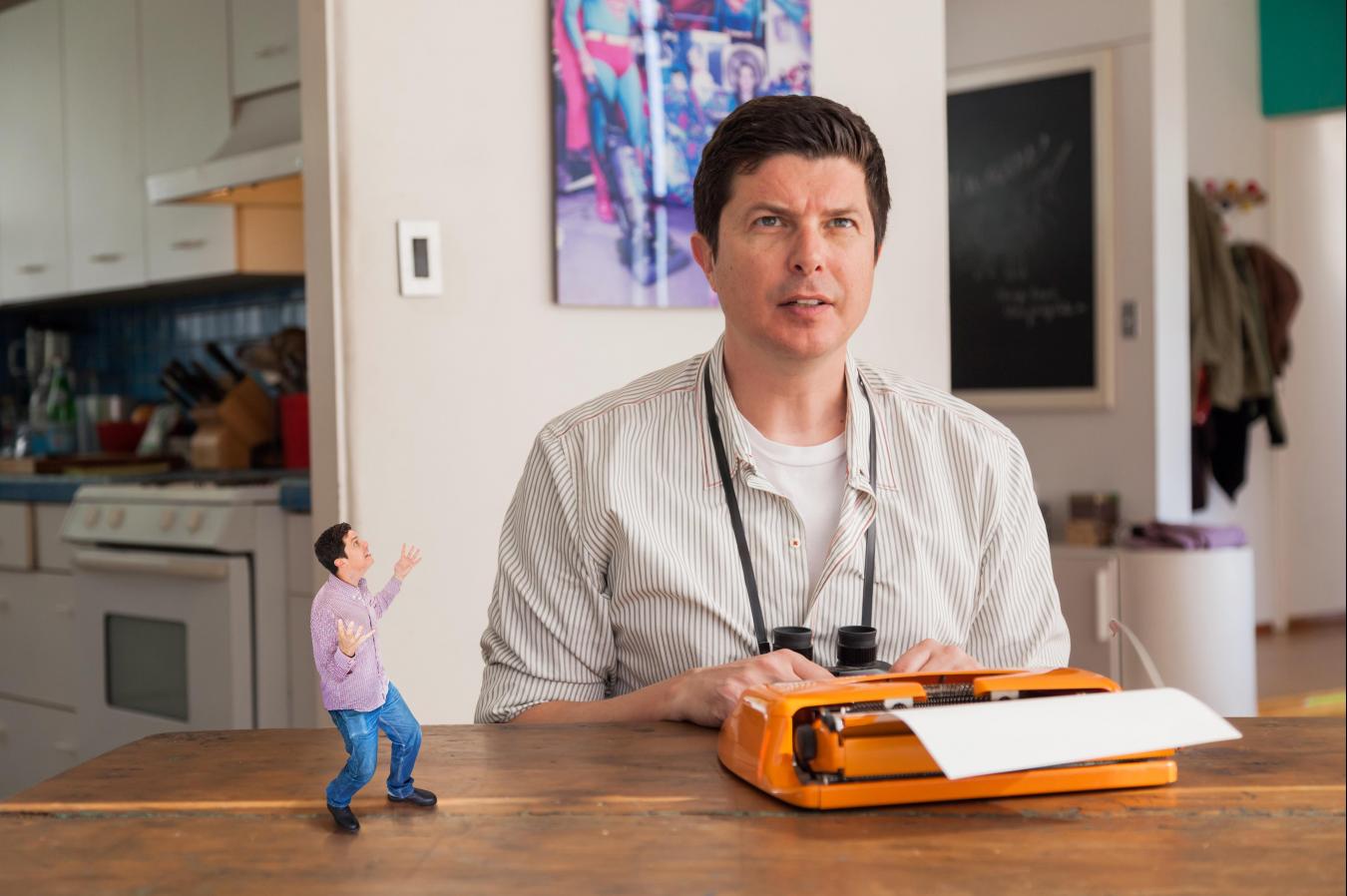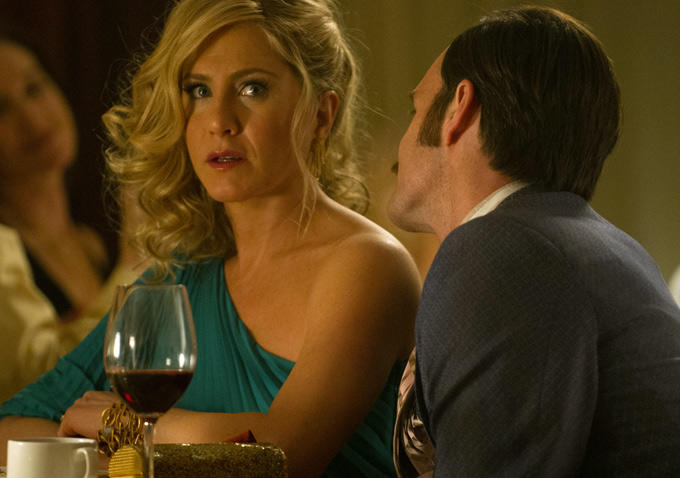By providing your information, you agree to our Terms of Use and our Privacy Policy. We use vendors that may also process your information to help provide our services. This site is protected by reCAPTCHA Enterprise and the Google Privacy Policy and Terms of Service apply.
Attention, Filmmakers: Here’s How to Make a Million Dollar Movie for Thousands

Some movies are just as expensive as they seem. At the high end you have films like “Avengers: Age of Ultron,” with its surfeit of $10 million-a-picture superstars and baroque special effects; at the low end there’s the early films of Joe Swanberg, which were famously made for the price of a few dozen sandwiches, and also looked like it. But other movies are harder to read. Thanks to advancements in digital technology, as well as increasingly savvy production strategies, professionally shot, acted and edited films can be made on shockingly low budgets. But that can be easier said than done—how can a first-time filmmaker make the most of limited resources and make a small film feel big?
READ MORE: Filmmaker Survey: What We Wish We Knew Before Making Our First Movie
Where better to discuss and share secrets about this phenomenon than at the Little Rock Film Festival, a modest-sized regional festival that feels much larger. With its savvy slate of both recent international fest standouts and southern charmers, and a week’s worth of both wide-ranging state-of-the-cinematic-arts discussions and late night VIP riverboat cruises, the 9th iteration of the Little Rock Film Festival showed how size can be more of a state of mind.
Festival programmer Justin Nickels moderated a panel which included three filmmakers with recent experience at wringing the most out of modest means: Kent Osborne, screenwriter, star and executive producer of “Uncle Kent 2”; Robert Byington, writer-director of “7 Chinese Brothers”; and Dan Schechter, writer-director of “Life of Crime” and “Supporting Characters.” How did they manage to make million dollar movies for mere thousands? They offered these 5 strategies for starters.
Choose a project that can be realized inexpensively, and then stay within your means.
Byington spoke of how recent advancements have made it more feasible to produce a professional-looking film. “There was a learning curve in the early 2000s that we’ve bumped over now,” he said. “There was a problem when people started making half-million dollar digital movies and they were trying to make them like ‘real movies’—they just looked and felt wrong. That is no longer the case. The technology has caught up and there’s been a shift.”
Schechter related the story behind his first film, “Goodbye Baby,” which had a budget of nearly $1 million and didn’t come close to justifying the cost. “I was too young. The movie didn’t come out that well, it went to Slamdance and had a small life and got me rep, but it didn’t do anything,” he said. “And I was really jealous of a lot of the films that Kent [Osborn] and Joe [Swanberg] and Bob [Byington] were making that were at SXSW—the really small, personal movies that were getting acclaim. And they were for 50 thousand, really cheap.”
Seeing those super low budgeted movies inspired Schechter to approach his next feature, “Supporting Characters,” differently. Rather than model the film after those early digital works that, according to the director, “looked pretty crappy,” he aimed for something like what Lena Dunham did with “Tiny Furniture,” which is make a movie that looks pretty good to the eye, but still has personality and specificity to it.”
He said he made “Supporting Characters” for $60 thousand, which was around $750 thousand less than he spent on his debut. “I wouldn’t say that ‘Supporting Characters’ looks like a million dollar movie, but I’d say it looks like a $500 thousand movie and looks really legit. The best complement I think you can get sometimes when you make an indie is that it looks like a real movie.”
“It’s also a good movie,” interjected Byington. “And that’s what’s important. You never see ‘It went under budget’ written on the screen. What matters is that it’s a good, watchable, engaging movie.”
When your crew members are making little-to-no money, make sure they have skin in the game.
Of utmost importance is for the thrifty filmmaker to surround his or herself with skilled and hard working people willing to work for little-to-no money. Rather than take advantage of anyone, the panelists recommended working with people who have something to gain from the situation.
“There’s an embarrassment of riches of talented people who are out of work and want to be making movies,” said Schechter. “You try to find the people who are good at seeing things through to the end and make them your friends.” Of these, perhaps the most willing are current or recently graduated film students. “College students are a huge natural resource. We just burn you guys out and throw you away when you’re done, because there’s plenty of you where you came from,” Schechter said, eliciting laughter from the students in the audience. “I’m half-joking. I’m really grateful for it, and I try to treat everybody humanely. But you also get an awesome education. I wish I did it more when I was in college. I feel like my first film school was my first feature. It was just something I couldn’t learn inside of a classroom.”
Osborne talked about how some people will offer services at a significant discount in order to be associated with an indie filmmaker they admire. “Director Todd Rohal lives in Austin and he’s got fans there, so when we were trying to finish ‘Uncle Kent 2’ there were people that just wanted to work with him,” he said. “This company Arts & Labor did all of our post, and they basically did it for free. They just wanted a credit at the top of the movie. There are so many good special effects in the movie that we could never have done on our own.”
“It’s important that you’re not the only one who has skin in the game,” continued Schechter. “For example, there’s a lot of DPs who want to build their resumes and reels, and features are an exciting job to work on. It’s about finding other people who also want to get something out of this experience, so it’s not just you using everybody.”
READ MORE: In Their Own Words: Indie Directors Share Essential Filmmaking Tips
You can skimp and save on everything—everything but sound.
Schechter related how rental costs can be reduced by enlisting crew that already has their own equipment. “A lot of DPs own their own cameras, so you don’t have to rent a camera that costs a lot of money,” he said. And even though, as he said, “the camera to me is the most important piece of equipment,” you can opt not to splurge or be too particular about cameras because of the leveling effect of improved technology.
“Looking at it with a layman’s eyes, [the cameras today] all look pretty great,” Schechter said. “They all look like movies to me when somebody knows how to shoot with them. Any film school in their equipment department right now has a camera that can make your movie look as good as possible. Unless you have a very specific aesthetic, I don’t think cameras are the problem as much anymore. It’s about what kind of story you want to tell. If it’s an incredibly visual story then you need [to dedicate more money to] visuals. But if it’s meant to be raw and honest you can get away with a lot of naturalism,” he said. “There’s writing and acting first, and to me everything else is a distant second.”
“I wouldn’t cut corners on sound. Sound is super important,” said Osborne. “We can all name ten movies that have the worst cinematography you’ve ever seen that we love,” added Schechter. “But we can’t name you one that had bad audio. Because it’s too distracting. You can’t get around it.” Byington agreed. “It’s a cliché that on every movie you end up not paying people much of anything, and yet the sound guy is making ten times what everyone else is making,” he said.
Although he prioritizes sound, Schechter warned against allocating too much money to music rights. “People spend too much on music. That great song [that you feel you need]—it’s just not worth it. There are so many amazing bands who would be thrilled to have their music in your movie,” he said. But Byington sees things differently. “I really disagree with that,” he said. “If you can get an iconic song, you should.” 
Don’t get hung up on casting big stars.
As for casting, Schechter warned against banking on stars, who can be elusive for small budgeted films, and even if they do sign on they often create scheduling headaches. “When I made that $800 thousand film just out of film school, I was very naïve and I thought I was going to get huge actors. I wish somebody had told me that that’s probably not going to happen for you,” he said. “If I could go back to me at that age I’d say make something for as little as possible, because you’re not going to make that money back, and make whatever the hell you want as good as you can make it. Because that’s a real opportunity—that’s true creative freedom. You could waste two years of your life trying to get the right cast together. That’s two years of your life—what is that really worth to you? Maybe you can make another movie first, and then try to get the bigger actor.”
As it happens, that’s precisely what Schechter did, making the thrifty “Supporting Characters” in 2012 before working with A-lister Jennifer Aniston on last year’s “Life of Crime.” Though the director couldn’t be certain that Aniston actually watched the earlier film, he said he gave her a copy the night before she accepted the role. “The passion translates,” Byington interjected. “If you have passion for the project, it comes across.”
READ MORE: This is How You Do It: 10 Filmmaking Tips from Mark and Jay Duplass
By providing your information, you agree to our Terms of Use and our Privacy Policy. We use vendors that may also process your information to help provide our services. This site is protected by reCAPTCHA Enterprise and the Google Privacy Policy and Terms of Service apply.
















